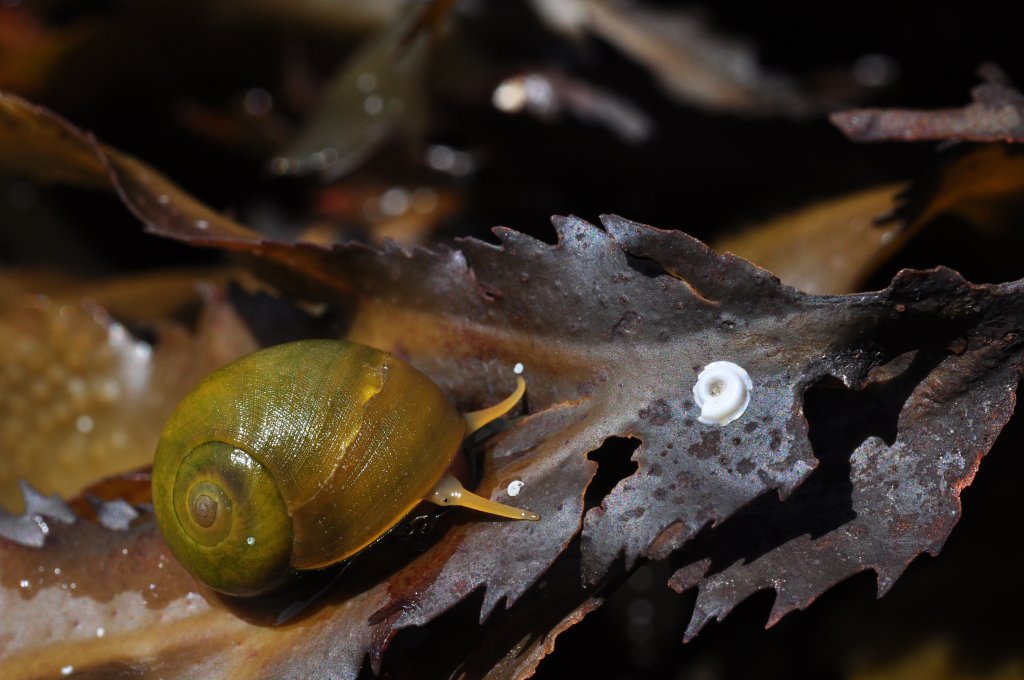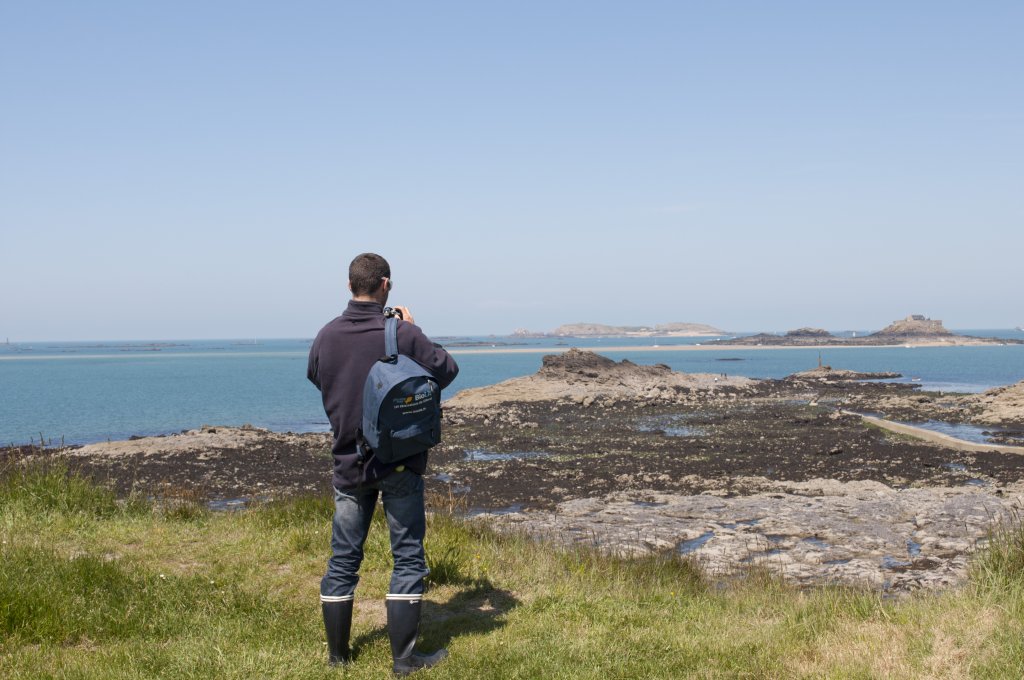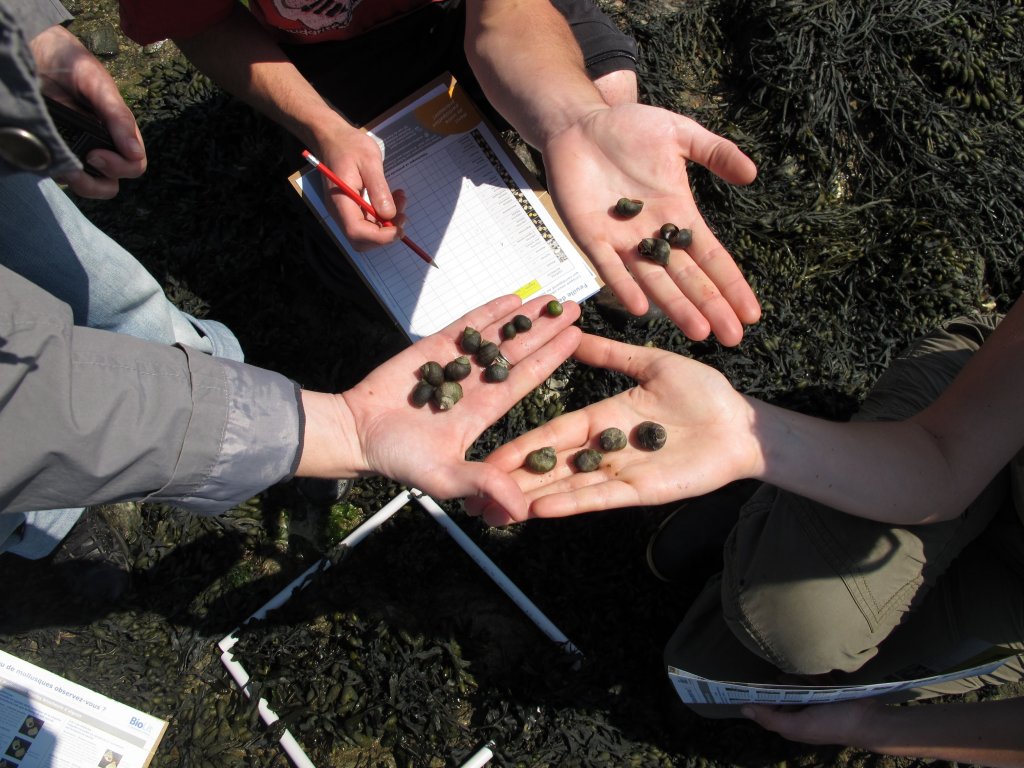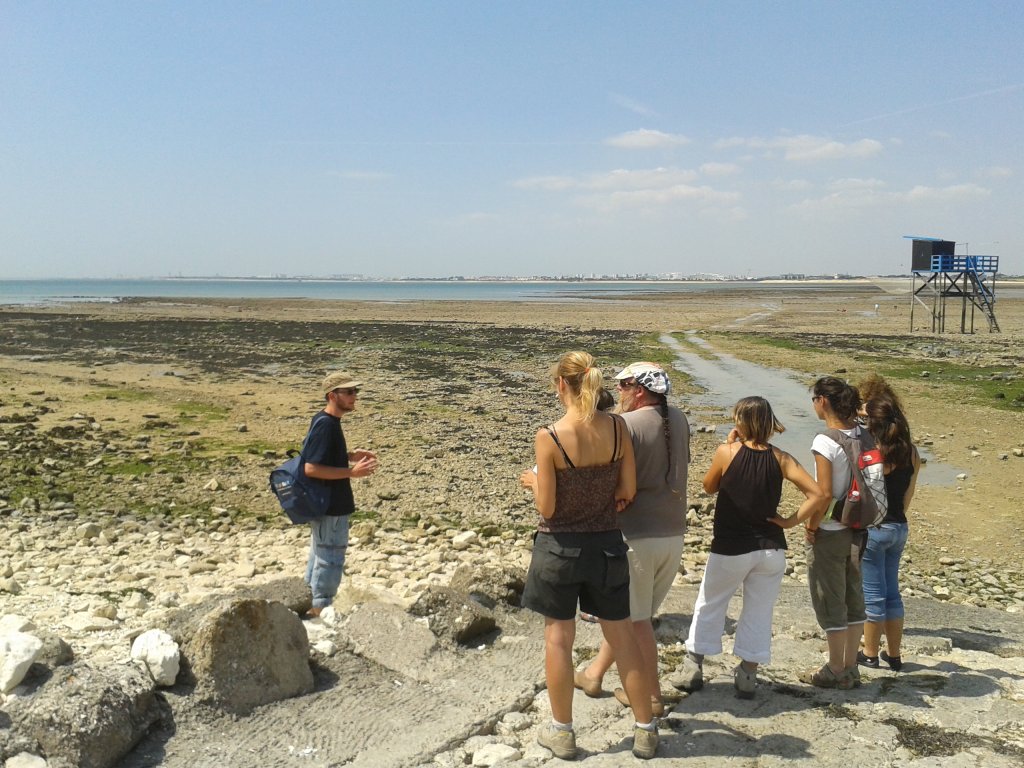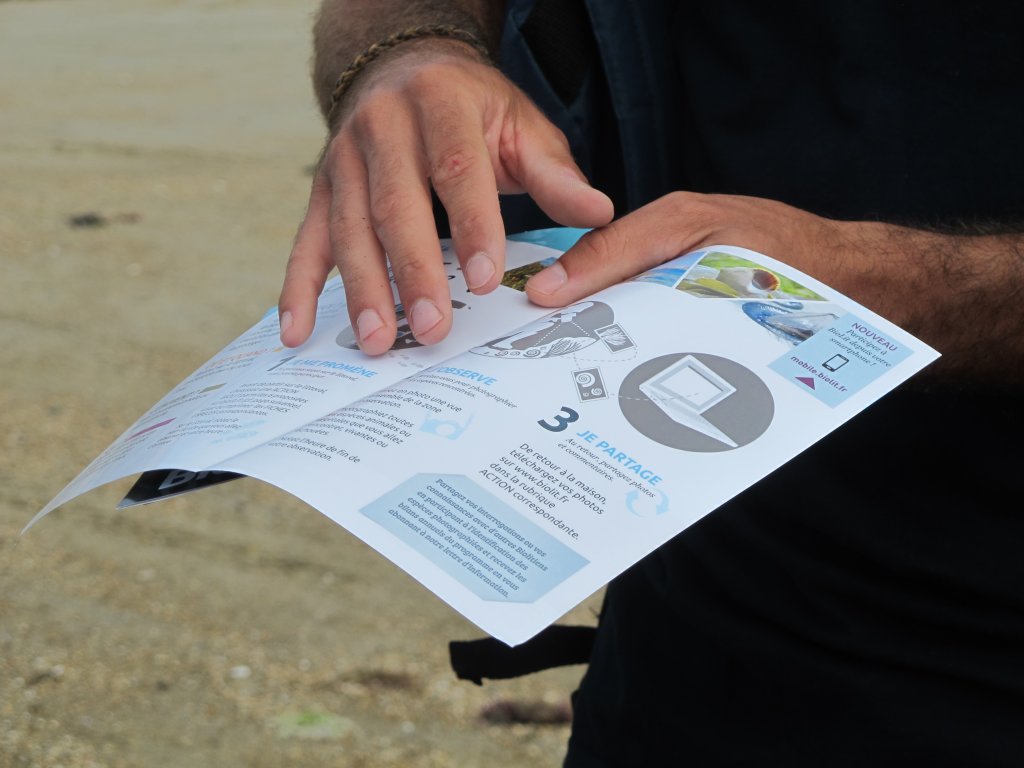Objectives
– To understand the links between the diversity and abundance of brown algae cover and the diversity and abundance of gastropods on the foreshore.
– To develop, through collaborative efforts between scientists and members of the community, a shared vision of the quality of rocky foreshores
Specific actions
BioLit participants survey kelp and periwinkles according to the protocols. The data are entered on the Planète Mer BioLit website. They are processed by scientists at the MNHN. Finally, they are published in the BioLimètre newsletter.
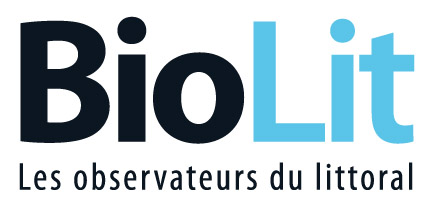
 Project created
Project created
 Mainland France
Mainland France
Rocky coasts, in the intertidal zone, in western France
Type of project : Field
Participation period : Participants can take part all year long, at low tide. However, it is more enjoyable in summer and during good weather.
Level of involvement : Once a quarter
Project description
During their foreshore field trips, BioLit participants record information on the flora (kelp) and fauna (periwinkles) according to the protocols based on their skill level. Three protocols have been created according to the different group levels. Information is available atwww.biolit.fr. The first level is aimed at the general public. Participants photograph a periwinkle on algae, or if not on algae, in the habitat where it was observed, then post the photo on the BioLit website.
The second protocol is quantitative. It is aimed at participants who are supervised by the Planète Mer association or other organizations (associations, government bodies, teachers, etc.). Participants count the number of periwinkles by species in a 25×25 cm quadrat (wooden or PVC frame). The quadrat is thrown randomly into a specific “algae belt”.
The third level is aimed at an informed public (students, experienced naturalists, researchers, etc.). The aim is to systematically apply Protocol No. 2 to all “algae belts” on each foreshore and to estimate the percentage of algae cover in the different belts.
For all the groups, the activity is only completed when the data have been posted online on the BioLit website.
Once the data have been processed by MNHN scientists in order to assess the quality of the rocky foreshores in western France, they are shared with the various participant groups in Planète Mer’s online newsletter, the “BioLimètre”.
The project started in 2008 following a meeting between Laurent Debas, Director of Planète Mer, and Eric Feunteun, Professor of Marine Ecology at the MNHN and Director of the Dinard Marine Biology Station (CRESCO). The initial idea was to involve citizens in a citizen science program to obtain data on the quality of coastal and shoreline marine ecosystems. The original idea was to take advantage of families who explore rocks covered in algae during low tide to see “small creatures with claws and spikes”. We thought, “What if walkers told us what they saw?” This could create a useful database and a tool for dialogue between scientists and members of the community on the topic of foreshore quality.
The participation
 Training required
Training required
Dépend du niveau de protocole réalisé et du public ciblé.
Des formations ont déjà été réalisées pour les éducateurs environnement, enseignants et gestionnaires.
Vous souhaitez une formation ? N’hésitez pas à nous contacter : biolit@planetemer.org
 Required equipment
Required equipment
Fonction du niveau de protocole réalisé.
Prenez contact avec nous pour en savoir davantage : biolit@planetemer.org
Co-managers
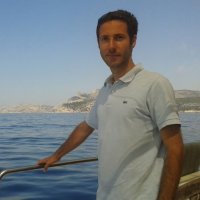
Tristan Diméglio
Chargé de Mission
Planète mer, Laboratoire de Biologie Marine de Dinard, Centre de Recherche et d’Enseignement sur les Systèmes Côtiers
Eric Feunteun
Professeur du MNHN, chef de la station marine de Dinard
Muséum national d’Histoire naturelle (MNHN)
Laboratoire de Biologie Marine de Dinard, Centre de Recherche et d’Enseignement sur les Systèmes Côtiers

